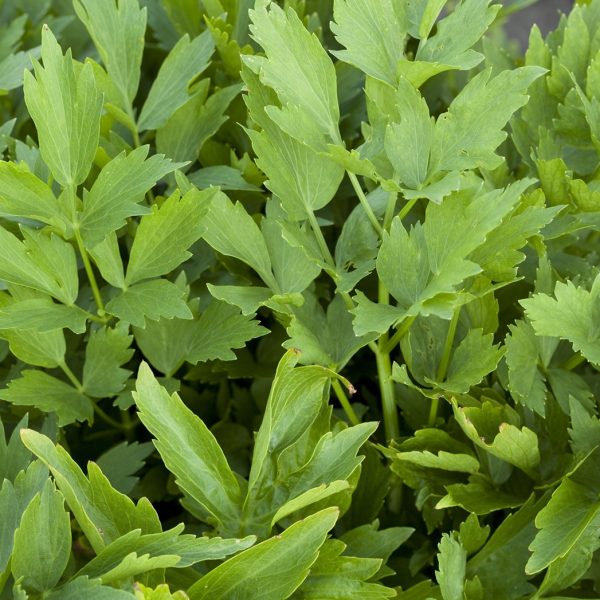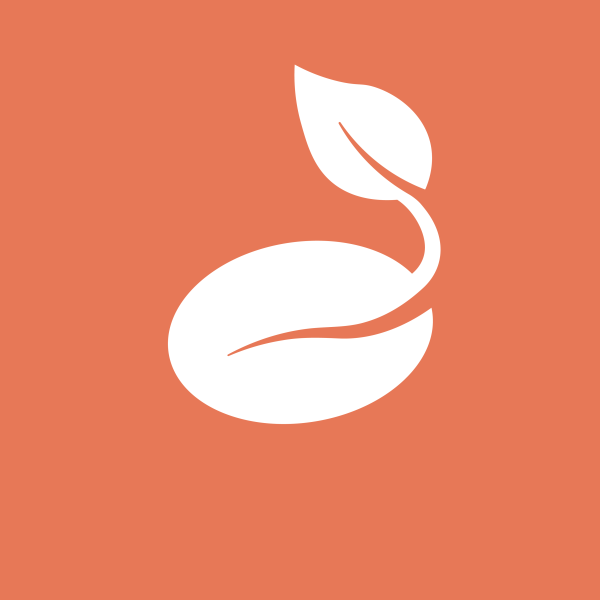-
How does it feel?
The lemon is both a small evergreen tree which is native to Asia and about forty-seven varieties are said to have been developed during the centuries of cultivation.
The lemon is a small, straggling tree about 11 feet high, irregularly branched, the bark varying in colour from clear grey on the trunk, green on the younger branches to a purplish colour on the twigs.
The leaves are evergreen, ovate-oval, about two inches long, the margin serrate with sharp spines in the axils of the stalks, and they are arranged alternately on the stem.
The flowers are white inside and tinged with deep pink outside; they have five petals and grow on stems in the axils.
The fruit is an ovoid berry, about three inches long, nipple-shaped at the end, smooth, porous, bright yellow, indented over the oil-glands. They have an acid, pale-yellow pulp.
-
What can I use it for?
 Because of its high Vitamin C content, lemon has been used in alternative medicine as a tonic for the digestive system, immune system, and skin.
Because of its high Vitamin C content, lemon has been used in alternative medicine as a tonic for the digestive system, immune system, and skin.Lemon it is known to boost the immune system and it can be useful in case of cold and flu; in fact, it may bring down fever, helping to relieve throat infections, bronchitis and asthma.
Lemon. is so famous as a cure for scurvy, which is caused due to deficiency of Vitamin-C and characterized by frequent infections.
It can also help cleansing the body, improving the functions of the digestive system, and it is helpful with constipation, dyspepsia and cellulite. It is also useful in case of hepatic insufficiency as it stimulates and supports the health of the liver.
Lemon oil can be very beneficial to the circulatory system and aids with blood flow, reducing blood pressure and helping with nosebleeds.
It can also prevent cholesterol build up, decreasing hypertension and combating arteriosclerosis. Lastly, it also stimulates the formation of red blood corpuscles.
Because of its bactericide properties it is very useful in eliminating bad breath and protecting the mouth against infections produced by inflammation of gums.
Lemon juice is very suitable to fight skin disorders as well, being one of the best astringents. Daily applications on the skin help it to get rid of spots, shinbones, and scabs.
-
Into the heart of lemon
Lemon is very rich in vitamin C and potassium and calcium and its potential to regenerate white blood cell makes it very desirable to strengthen body defences and prevent many diseases.

The citroflavanoids in lemon improve the permeability of vascular vessels, showing also anti-inflammatory properties and antiphlogistic effects, or diuretic properties as well.
Citrus flavonoids inhibit also bacterial mutagenesis.
Some sources state that lemons contain unique flavonoid compounds that have antioxidant and anti-cancer properties. These may be able to deter cell growth in cancers.
Limonins found in lemons could also be anti-carcinogens.
It contains anti-ulcer properties offered by beta- bisabolene, and it also eliminates gastric acidity.
Ascorbic-acid and limonene confer it depurative properties, making lemon an excellent remedy against rheumatism ,arthrosis, arthritis, gout, cholesterol, arteriosclerosis and uric acid.
In respiratory affections, the essential oil components confer it antibacterial and expectorant properties, very useful to heal colds. Alpha- pinene is an anti-influenza component and it is also very useful to appease thirst and reduce fever.
In the same way alpha- terpineol and ascorbic acid give this fruit vulnerary properties, and thus are very useful in healing wounds or scars, even insect stings.
-
Traditional actions
Herbal actions describe therapeutic changes that occur in the body in response to taking a herb. These actions are used to express how a herb physiologically influences cells, tissues, organs or systems. Clinical observations are traditionally what have defined these actions: an increase in urine output, diuretic; improved wound healing, vulnerary; or a reduction in fever, antipyretic. These descriptors too have become a means to group herbs by their effects on the body — herbs with a nervine action have become the nervines, herbs with a bitter action are the bitters. Recognising herbs as members of these groups provides a preliminary familiarity with their mechanisms from which to then develop an understanding of their affinities and nuance and discern their clinical significance.
-
Traditional energetic actions
Herbal energetics are the descriptions Herbalists have given to plants, mushrooms, lichens, foods, and some minerals based on the direct experience of how they taste, feel, and work in the body. All traditional health systems use these principles to explain how the environment we live in and absorb, impacts our health. Find out more about traditional energetic actions in our article “An introduction to herbal energetics“.
-
Did you know?
- Although Lemon can aggravate a pitta that is already out of balance it is a world famous cooling remedy.
- Ancient Egyptians used it to embalm their mummies and they often put it in tombs with dates and figs.
- It can be used as a vehicle (anupana) to send remedies to the liver.
- In Europe the first real cultivation of lemons was planted in Genoa in the middle of the fifteenth Century.
Additional information
-
Interactions
No drug herb interactions are known.
-
Dosage
Tincture: 1–15ml/day
Dried: 250mg–5g of the peel/day

-
Recipe
Let me glow tea
This delicious recipe is a healing blend of chlorophyll-rich herbs that purify the blood, soothe the liver and cleanse the skin, helping you glow from the inside out. Good for anyone with pimples, acne or other skin blemishes.

Ingredients:
- Nettle leaf 3g
- Fennel seed 2g
- Peppermint leaf 2g
- Dandelion root 2g
- Burdock root 2g
- Red clover 2g
- Turmeric root powder 1g
- Licorice root 1g
- Lemon juice a twist per cup
This will serve 2 cups of beautifying tea.
Method:
- Put all of the ingredients in a pot (except the lemon). Add 500ml (18fl oz) freshly boiled filtered water.
- Leave to steep for 10–15 minutes, then strain and add the lemon.



























 Because of its high Vitamin C content, lemon has been used in alternative medicine as a tonic for the digestive system, immune system, and skin.
Because of its high Vitamin C content, lemon has been used in alternative medicine as a tonic for the digestive system, immune system, and skin.






